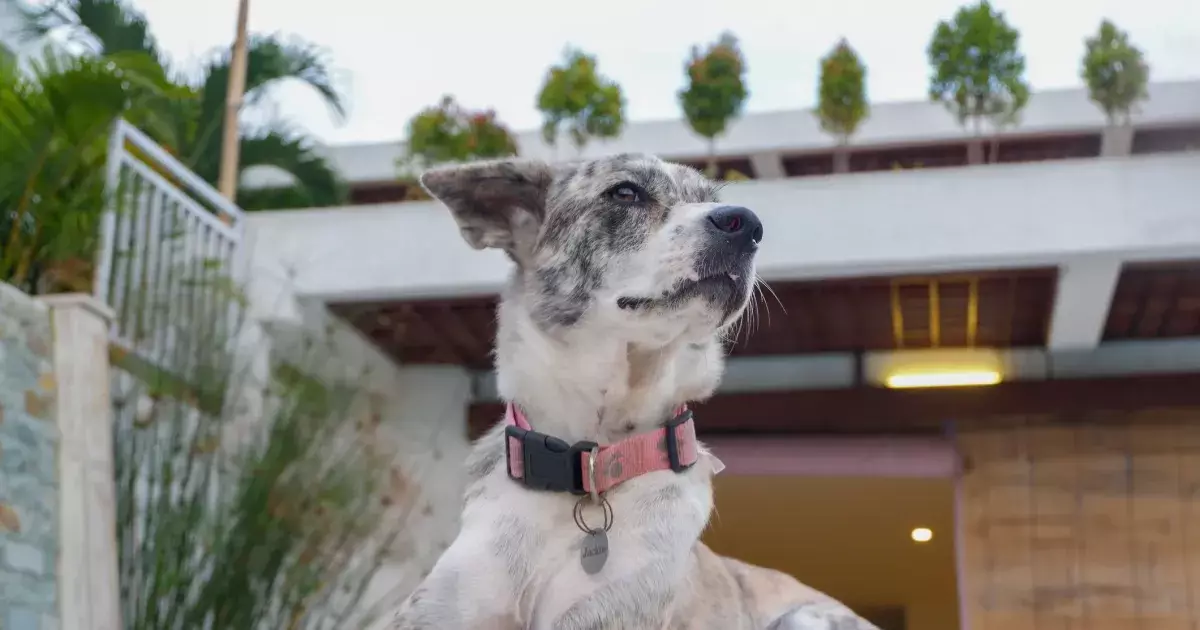Inheriting a dog can be a bittersweet experience, filled with emotions and responsibilities that come from taking over the care of a beloved pet. It is more than just providing a home; it requires thoughtful consideration and preparation to ensure a seamless transition for both the new owner and the dog. This article explores the critical steps to embrace when welcoming a new canine companion into your life, emphasizing responsible pet ownership while honoring the legacy of the previous owner.
Before bringing the new furry family member home, it’s essential to gather as much information as possible about their previous lifestyle. Ideally, have an open dialogue with the previous owner or someone acquainted with the dog to gain insight into their routines and needs. This can include:
– Feeding schedule and diet: Knowing the type of food the dog is accustomed to is crucial for maintaining their health during this transition.
– Regular exercise habits: Understanding their walking and potty schedule will help maintain the dog’s current routine.
– Behavioral traits: Insight into their favorite activities, toys, and any training they’ve received can facilitate smoother interactions.
– Health information: Obtain any medical records, including vaccinations and medications, to ensure proper healthcare moving forward.
By adhering closely to the dog’s established habits initially, you can help ease their anxiety and establish a sense of familiarity in the new environment.
Once you have gathered the necessary information about the dog, preparing your home is a pivotal step. Safety should be the foremost concern. Pet-proofing your living space is necessary to ensure that it is free from hazards that could harm the newly inherited dog. Here are some recommendations for creation of a safe space:
– Gather essential supplies: Items like food and water bowls, a comfortable bed, a leash, and toys should be ready before bringing the dog home.
– Remove dangerous objects: Clear the area of any items that could pose a risk, such as toxic plants, cords, and small objects that could be swallowed.
– Spaces for other pets: If you already have pets, prepare separate areas to minimize territorial conflicts, allowing everyone to adjust to the new living situation gradually.
A well-prepared environment fosters a secure and welcoming atmosphere for a dog still grappling with emotional changes.
Scheduling a veterinary visit should be at the top of your to-do list upon the dog’s arrival. A thorough check-up will not only ensure the dog’s current health status but also provide peace of mind for you as a new guardian. During this appointment, address any concerns regarding behavior, nutrition, and exercise. The vet will likely recommend:
– Health assessments: Standard tests for common canine ailments, age-appropriate vaccinations, and preventative care measures.
– Dietary advice: Recommendations tailored to the dog’s specific needs based on age, weight, and lifestyle.
This relationship with a vet will become vital to ensure your dog’s ongoing health and happiness.
Establishing a bond with your inherited dog is foundational to a successful integration into your family. Take the time to observe and understand the dog’s unique personality, paying attention to their responses—here are some tips to strengthen your connection:
– Engage in positive activities: Introduce fun games, leisurely walks, or simple commands to encourage interaction and trust.
– Respond to their needs: Understanding signals for food, play, or restroom breaks will show your dog that you are attentive to their needs, which can build rapport.
– Utilize positive reinforcement: Encourage good behavior through treats, praise, or affection, promoting a positive connection.
Be patient; every animal adjusts differently to a new environment, so allow them to acclimatize at their own pace.
Once your dog begins to feel comfortable, it’s time to gradually integrate them into your household and routine. Introduce them to family members, other pets, and new environments slowly. Here are some suggestions:
– Hold supervised introductions: With your existing pets, utilize crates or gates to facilitate safe gatherings while observing behaviors closely.
– Adapt routines: While it’s essential to maintain some familiar practices from their previous home, do so gently—adjust feeding times, walks, or training strategies gradually.
It’s important to reinforce the feeling of family while ensuring all creatures are given space to adapt.
It’s crucial to reflect periodically on whether taking in the dog aligns with your current situation. Consider factors such as financial means, your time availability, and whether your living conditions suit a dog’s needs. If the arrangement is not viable for everyone involved, compassionately reconsider the best options for the dog’s future.
Inheriting a dog can be rewarding and profoundly enriching, offering a deserving pet a loving home. However, this responsibility requires planning, humility, and patience. Through dedicated care and attention, you can guide your new furry friend into a stable, happy, and fulfilling life.

